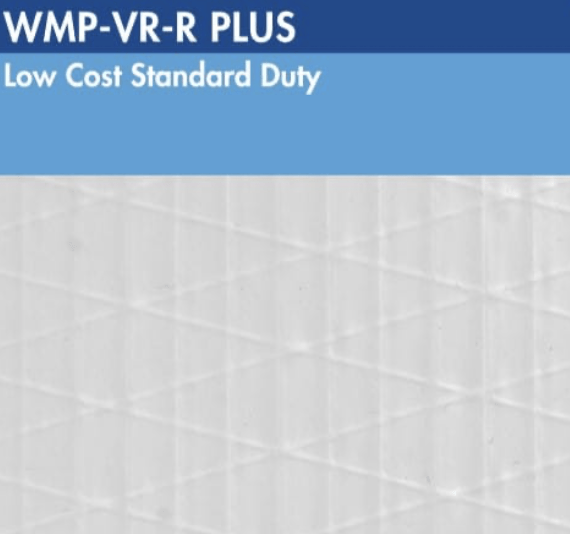Basic Differences
- Vinyl-faced Insulation: As stated throughout the website, this insulation is usually made of fiberglass or mineral wool insulation. It has a vinyl sheet attached to one side. The vinyl facing acts as a vapor barrier, protecting the insulation from moisture which can damage the building members and content.
- Vinyl-backed Insulation: Similar to vinyl-faced insulation, it consists of fiberglass or mineral wool. However, the vinyl backing is attached to the opposite side (rear side) side of the insulation. This backing serves as a protective layer rather. It is not a primary vapor barrier.
How about Thermal Performances?
- Whether you have vinyl-faced or vinyl-backed insulations, they will provide a good thermal performance if the materials and thicknesses are the same. Fiberglass will have a different thermal resistance than mineral wool.
Condensation – Moisture Resistance
- Vinyl-faced Insulation: Here is where there is a difference. The vinyl face effectively acts as a moisture barrier; therefore, it is more suitable for areas with dampness. Remember, the key to insulation is maintaining the R-value and then preventing condensation with causes mold growth.
- Vinyl-backed Insulation: With this type of insulation, it offers very little protection against moisture. It is more for additional support. It is not a primary vapor barrier.
Which one is easier to Install?
- Vinyl-faced Insulation: This fiberglass or mineral wool insulation is fairly easy to install. It is usually rolled over the purlins and girts and pinned down by the sheeting.
- Vinyl-backed Insulation: This installation is applied the same; however, because it doesn’t act as a strong vapor barrier, an extra installation step may be needed such as adding a separate vapor barrier.
Reliability and Durability
- Both insulation types are reliable and durable. Factory Steel Overstock offers a VRR+ facing that is designed to be resistant to tearing and puncture due to the additional strength of the vinyl layer. However, not all fiberglass insulation is made the same.
Costing
- The cost difference will primarily be based on the quality of the insulation material and the thickness of the vinyl. As a rule of thumb, vinyl-faced insulation is usually a little more expensive due to its acts as both insulation and a vapor barrier.
Common Usages
- Vinyl-faced Insulation: This insulation is perfect for areas where a moisture protector and thermal efficiency are required. It is often used in basements and crawl spaces. Though we at Factory Steel Overstock feel our High R-value reflective insulation is the best choice for high humidity areas, many customers still choose this time insulation.
- Vinyl-backed Insulation: People place this insulation on interior walls or ceilings where additional moisture protection is not important.
Summation: Both vinyl-faced and vinyl-backed insulation rolls for steel buildings are generally good thermal protectors, but there is a substantial difference in their condensation protection. Therefore, one will need more of an additional vapor barrier.

